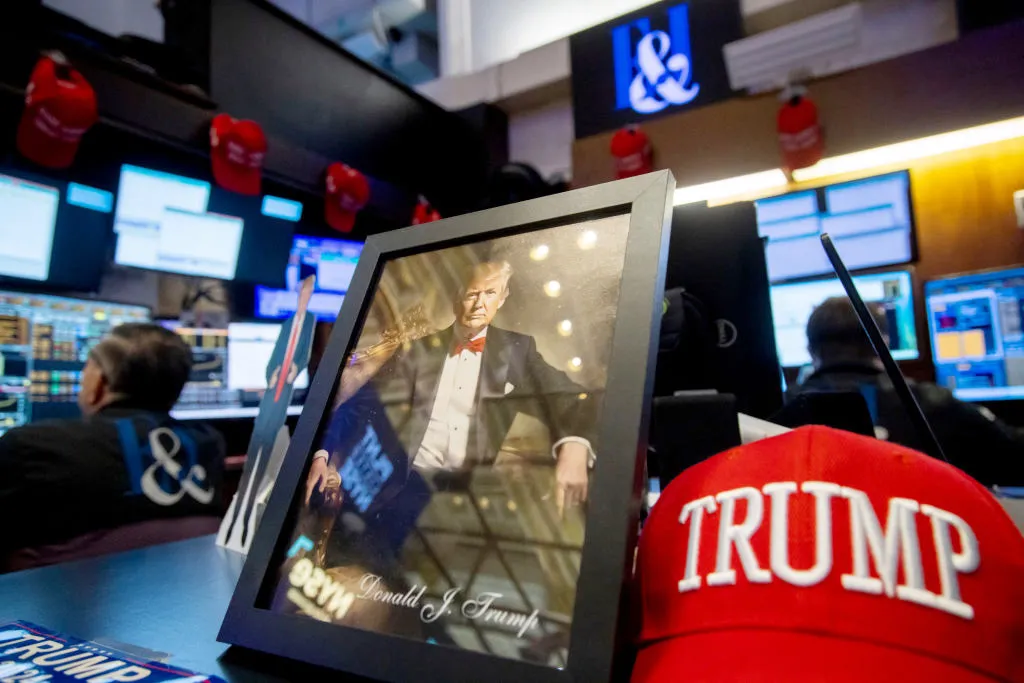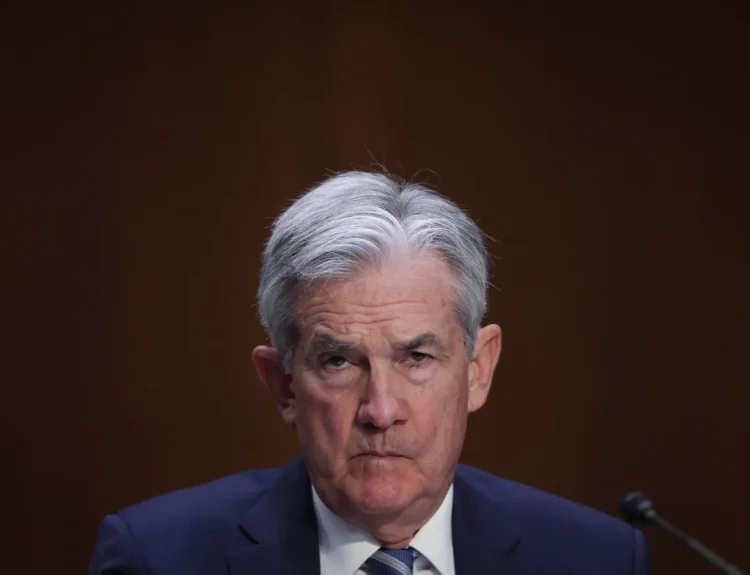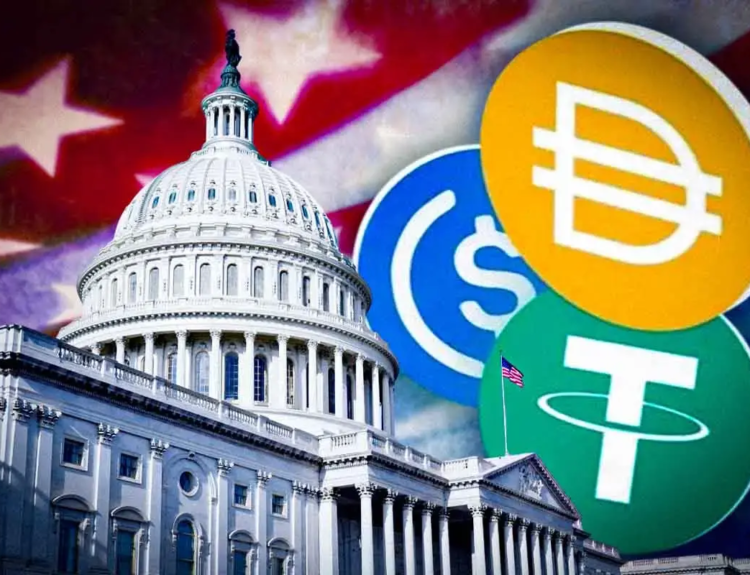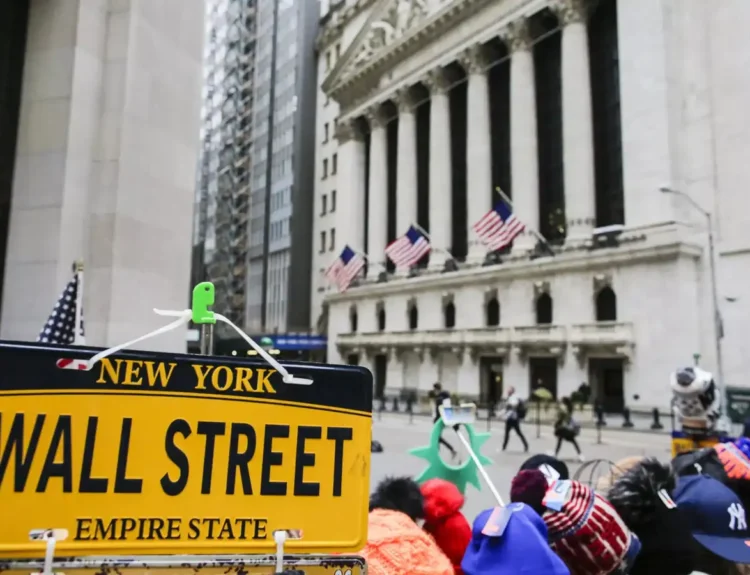Markets closed out Q1 with a stumble, as President Trump’s escalating tariff threats, weakening economic signals, and fears of stagflation weighed heavily on investor sentiment.
The S&P 500 fell nearly 3% over the last five trading days, the Nasdaq Composite plunged 4%, and the Dow Jones slipped 2%. Friday alone saw a 2% drop in the S&P following hotter-than-expected inflation data and sluggish consumer spending.
Trump’s April 2 “Liberation Day” Looms
Markets are bracing for Trump’s promised “reciprocal tariffs” announcement this Wednesday. Expectations are building that tariff rates could exceed 9%, with Goldman Sachs warning they might be closer to double that:
“Administration officials have said explicitly that the soon-to-be announced tariff rates are intended as the basis for negotiation,” wrote Goldman’s Alec Phillips.
The move follows last week’s 25% auto import tariff, which Barclays’ Ajay Rajadhyaksha called:
“A bigger deal than the market is making it out to be… I think we will be negatively surprised.”
Labor Market in Focus This Week
Beyond tariffs, all eyes will turn to the March jobs report on Friday. Economists expect +135,000 new jobs and an unchanged 4.1% unemployment rate. But Morgan Stanley’s Michael Gapen cautions:

“It would take a lot of employment growth to alleviate fears of a sharper slowdown… a mildly below-consensus print could fuel those concerns.”
With consumer sentiment weakening and sticky inflation creeping back, a miss in the jobs data could amplify recession chatter.
Stagflation Risk Creeping In
February inflation came in above estimates, while consumer spending missed. Just hours later, the University of Michigan’s consumer sentiment report showed one-year inflation expectations rising to 5% — the highest since November 2022.
Citi’s Scott Chronert summed up the market reaction:
“Stagflation fears are being priced in.”
Earnings Guidance Slipping
With earnings season kicking off April 11, guidance is already flashing red. Of 107 S&P 500 companies that have issued Q1 guidance, 68 have been negative — well above the 5- and 10-year averages, per FactSet.
Markets are asking: Did Wall Street enter 2025 too optimistic?
Between Trump’s tariff threats, weak data, and mounting stagflation fears, markets are losing momentum fast. The next few days — especially April 2 and Friday’s jobs report — could decide whether Q2 begins with a bounce or a breakdown.
Disclosure: This article is for informational purposes only and does not constitute investment advice. Investors should conduct their own research and consult with a financial advisor before making investment decisions.
Related:
Trump says he’s ‘very angry’ and ‘pissed off’ at Putin
Trump threatens to bomb Iran if it doesn’t agree to nuclear deal
Elon Musk’s xAI buys his social media platform X
Trump was supposed to unlock IPO market, but CoreWeave debut reflects ongoing skepticism
Nothing is black and white in the AI world
These Cars May Be More Expensive Under Trump’s Auto Tariffs
What Analysts Think of Tesla Stock Amid Tariff Tensions, Global Pressures, and Elon’s New Warning
Trump’s Auto Tariffs: Here’s How Every Major Carmaker Could Be Affected
Tariff Updates: Trump threatens ‘far larger’ tariffs
Here Are Attack Plans That Trump’s Advisers Shared on Signal
Nvidia’s China sales face threat from Beijing’s environmental curbs
Auto Stocks Fluctuate Amid Anticipation of New Trump Tariffs










